CPVC (Chlorinated Polyvinyl Chloride) ball valves have become popular for their durability and performance in fluid control systems. These valves, made from a thermoplastic material, offer several advantages over traditional materials. This article explores the aspects of product quality in CPVC ball valves, focusing on the material properties, manufacturing processes, and key quality indicators that ensure reliability and effectiveness in various applications.
Material Properties of CPVC
CPVC material offers high resistance to corrosion, making it ideal for handling aggressive chemicals and fluids. Unlike metal valves, CPVC valves do not rust or degrade when exposed to corrosive substances. This resistance to corrosion extends the service life of the valves, reducing the need for frequent replacements and maintenance.
CPVC also provides excellent resistance to temperature variations. It can withstand temperatures up to 200°F (93°C), making it suitable for both hot and cold fluid applications. This thermal stability ensures that CPVC ball valves maintain their performance and structural integrity under varying temperature conditions.
Additionally, CPVC is a lightweight material compared to metals, which makes the valves easier to handle and install. This property also reduces the overall weight of the piping system, leading to potential cost savings in transport and installation.
Manufacturing Processes
The quality of CPVC ball valves depends significantly on the manufacturing processes used. Advanced molding techniques ensure that the valves are produced with precision and consistency. High-quality CPVC valves undergo injection molding, a process where molten CPVC is injected into a mold to form the valve body.
Injection molding allows for precise control over the valve dimensions and ensures uniform thickness across the valve body. This precision helps avoid defects such as warping or uneven sealing surfaces, which can affect the valve’s performance.
In addition, the manufacturing process includes rigorous quality checks to ensure that each valve meets industry standards. These checks include pressure tests to verify that the valve can handle specified pressures without leaking. Manufacturers also conduct visual inspections and dimensional checks to ensure that each valve meets design specifications.
Key Quality Indicators
Several key indicators determine the quality of CPVC ball valves. One crucial factor is the valve’s pressure rating, which indicates the maximum pressure the valve can handle safely. High-quality CPVC ball valves are designed to handle pressures appropriate for their intended applications, ensuring reliable operation without failures.
Another important quality indicator is the valve’s flow characteristics. A well-designed CPVC ball valve should offer smooth and unrestricted flow when fully open. Internal surface smoothness and precise ball alignment contribute to optimal flow characteristics, reducing turbulence and pressure drop.
Sealing performance is also a critical quality indicator. CPVC ball valves feature an internal ball that seals against the valve body when closed. High-quality valves use precision-machined components and reliable sealing materials to ensure a tight seal, preventing leaks and ensuring consistent performance.
The durability of the valve’s handles and actuators is another important factor. Handles should be sturdy and resistant to damage from frequent operation. Actuators, if present, should operate smoothly and provide reliable control over the valve’s position.
Applications and Performance
CPVC ball valves find applications across various industries, including water treatment, chemical processing, and HVAC systems. In water treatment, the valves control the flow of water in purification and distribution systems. Their corrosion resistance ensures longevity and reliability in handling water with varying chemical compositions.
In chemical processing, CPVC ball valves manage the flow of aggressive chemicals, ensuring safe and efficient operations. The valves’ resistance to chemical attack makes them suitable for handling a wide range of corrosive substances without degradation.
In HVAC systems, CPVC ball valves regulate the flow of heating and cooling fluids. Their ability to withstand temperature variations and maintain performance under different conditions makes them ideal for ensuring consistent system operation.
Maintenance and Longevity
CPVC ball valves generally require minimal maintenance due to their resistance to corrosion and wear. Regular inspections and periodic cleaning help ensure that the valves continue to operate effectively. Ensuring that the valves are not exposed to temperatures or pressures beyond their rated limits helps extend their service life.
Proper installation is crucial for maximizing the longevity of CPVC ball valves. Incorrect installation, such as over-tightening or misalignment, can lead to issues such as leaks or premature wear. Following manufacturer guidelines during installation helps ensure optimal performance and durability.
Top 10 PVC Pipe Manufacturers
| Company | Establishment Date | Company Address |
| Ifan | 1993 | Zhuji, Zhejiang |
| JM Eagle | 1982 | Los Angeles, California, USA |
| Charlotte Pipe and Foundry | 1901 | Charlotte, North Carolina, USA |
| North American Pipe Corporation | 1992 | Houston, Texas, USA |
| Genova Products | 1962 | Davison, Michigan, USA |
| Ipex | 1947 | Oakville, Ontario, Canada |
| Astral Pipes | 1996 | Ahmedabad, Gujarat, India |
| Finolex Industries | 1956 | Pune, Maharashtra, India |
| Polypipe | 1980 | Doncaster, South Yorkshire, UK |
| Pipelife | 1989 | Wiener Neudorf, Austria |
| National Pipe & Plastics, Inc. | 1970 | Endicott, New York, USA |
IFAN standard
IFAN is a brand that offers products that meet a wide range of international standards, ensuring the quality and reliability of every product. Including :ASTM2846, DIN 8079/8080, ASTM F441/F441M SCH80, DIN, DIN, GB/T 18993 series standard, AS/NZS 1477, CSA B137.6, NSF/ANSI 14, TIS 17-2532/1131-2535. IFAN is committed to providing high quality products and excellent service!
Conclusion
CPVC ball valves offer a combination of durability, resistance to corrosion, and thermal stability, making them a valuable choice for many fluid control applications. The quality of CPVC ball valves is determined by the material properties, manufacturing processes, and key quality indicators such as pressure rating, flow characteristics, and sealing performance. By understanding these aspects, users can make informed decisions about selecting CPVC ball valves that meet their specific needs. As industries continue to seek reliable and cost-effective solutions, the demand for high-quality CPVC ball valves is likely to grow, reinforcing their importance in modern fluid control systems.
Connect
IFAN is a Chinese manufacturer of plastic pipes, fittings and valves with 30 years of experience. If you are interest in IFAN copper fittings, copper valves, plastic pipes and fittings, please contact us. IFAN offers you a variety of standard pipes to meet your specific needs. Click below to learn more about IFAN’s wide range of affordable and cost-effective valve products and piping system related products.
We will reply your email or fax within 24 hours.
You can call us at any time if there is any question on our production.
For more information,pls visit our webside https://ifanpro.com/
Pls Mailto: [email protected]
Whatsapp: + 86 19857948982

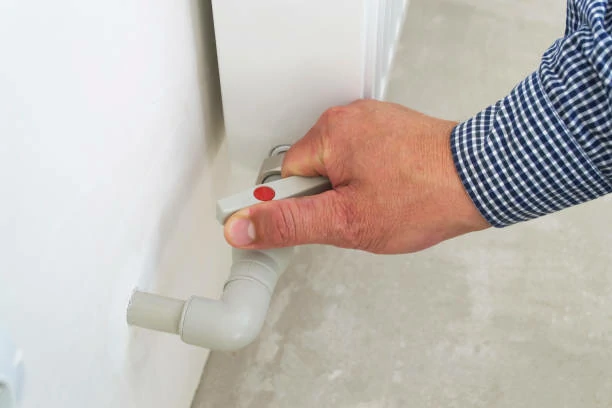
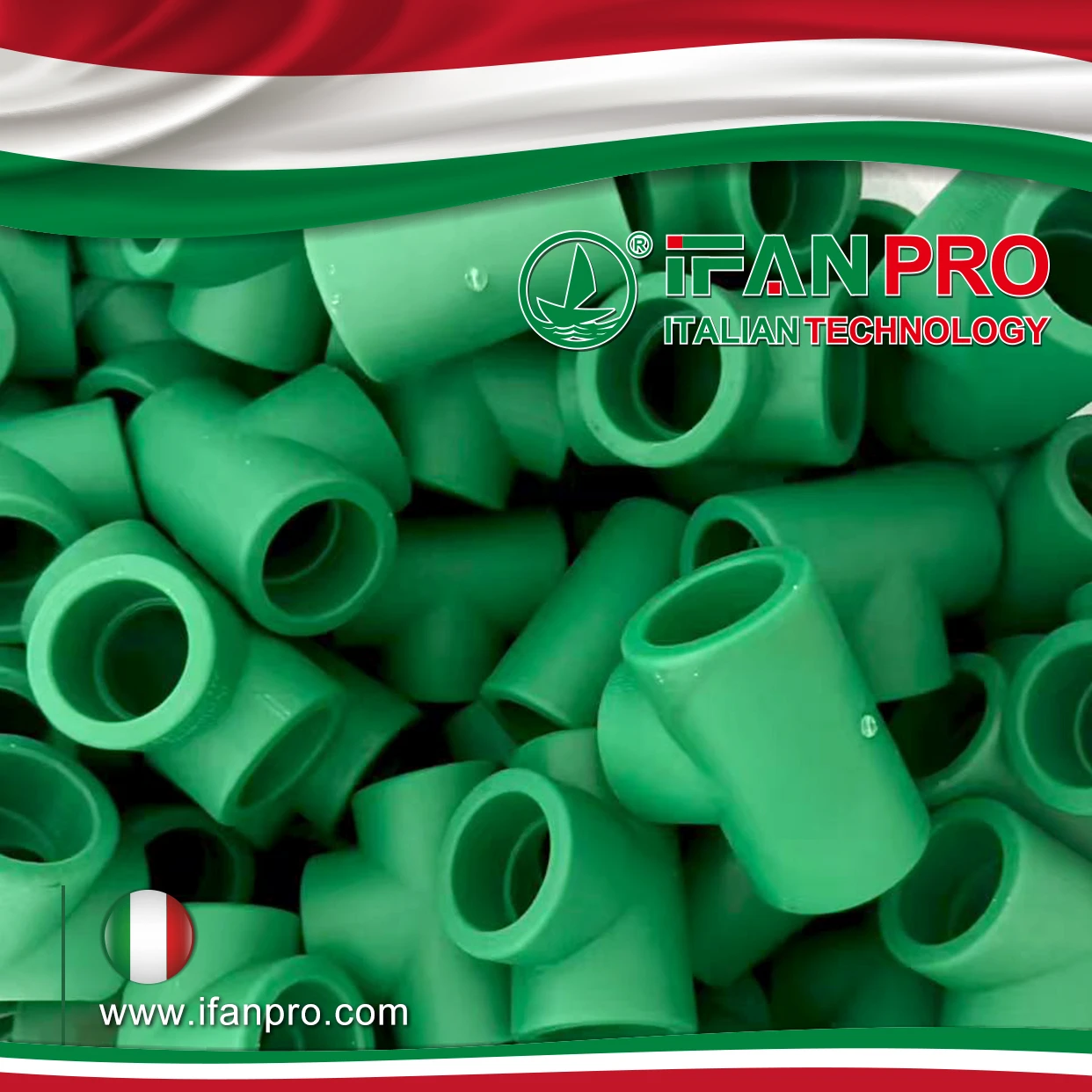
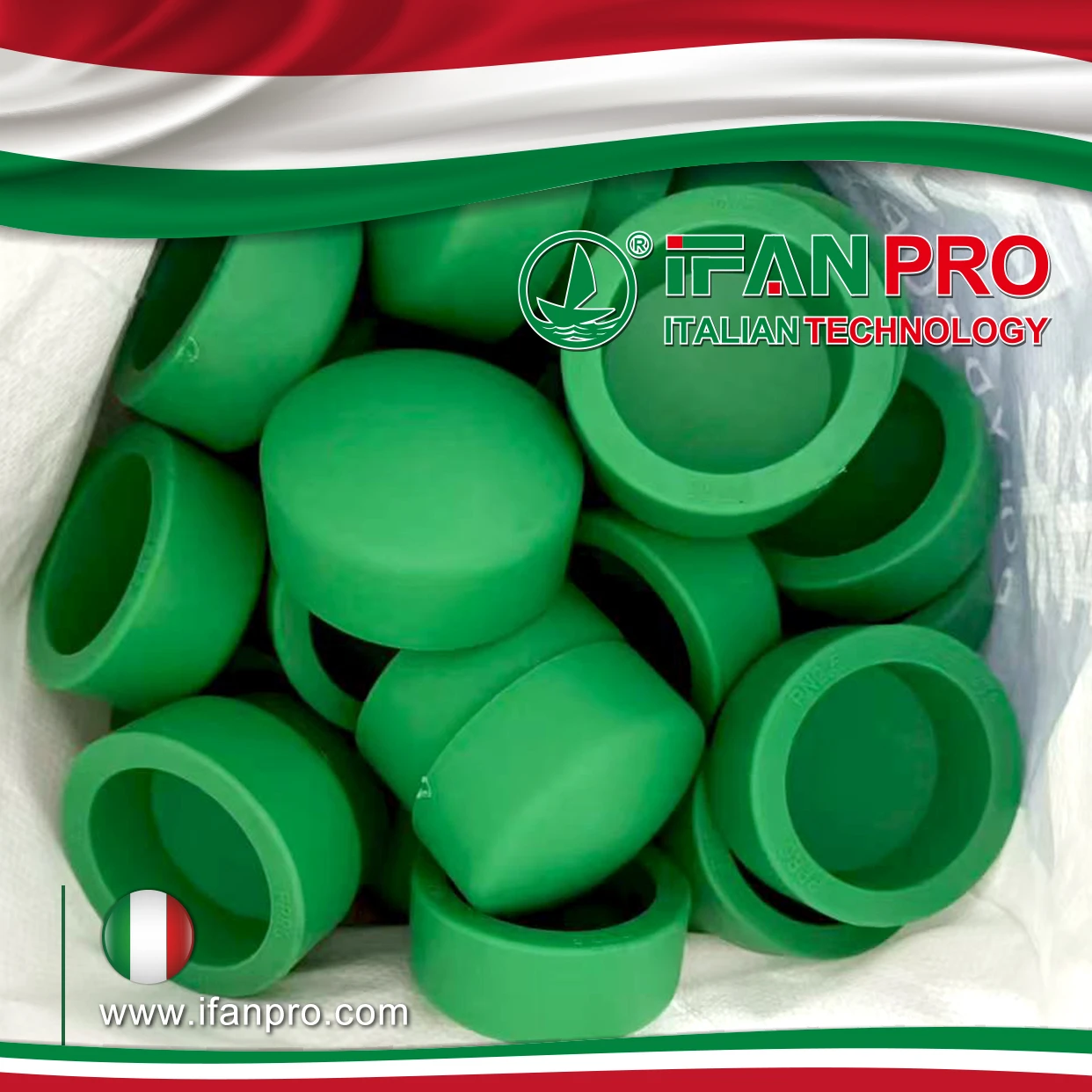
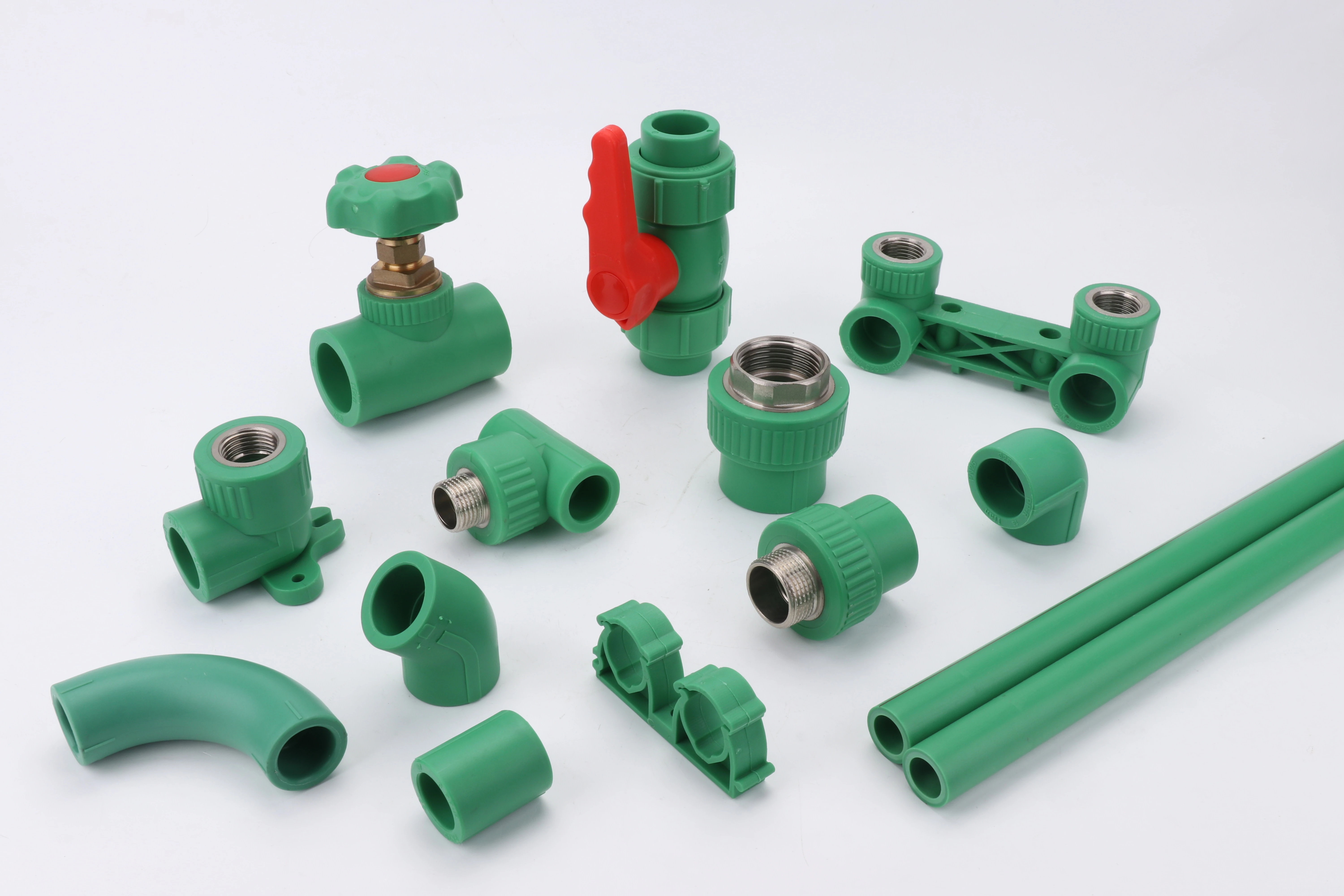
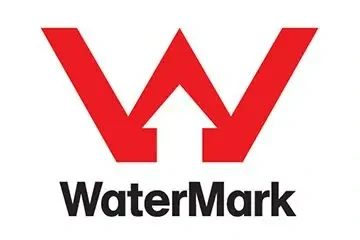
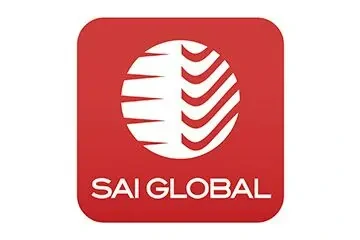
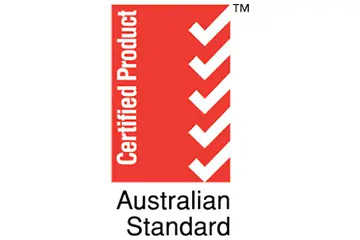
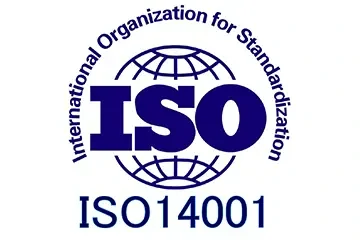
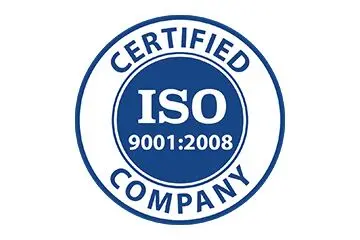
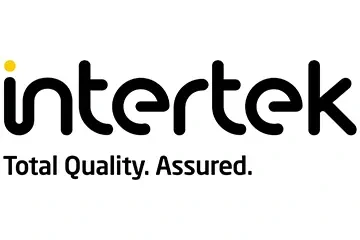
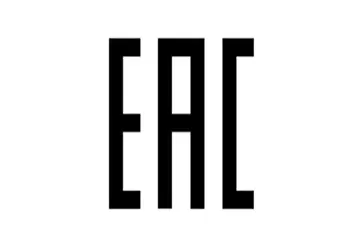
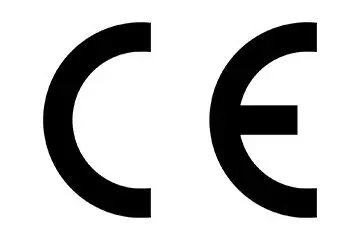
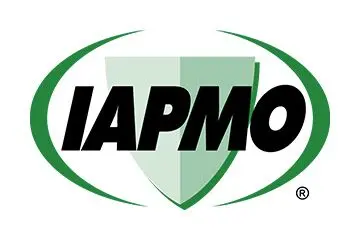
Recent Comments